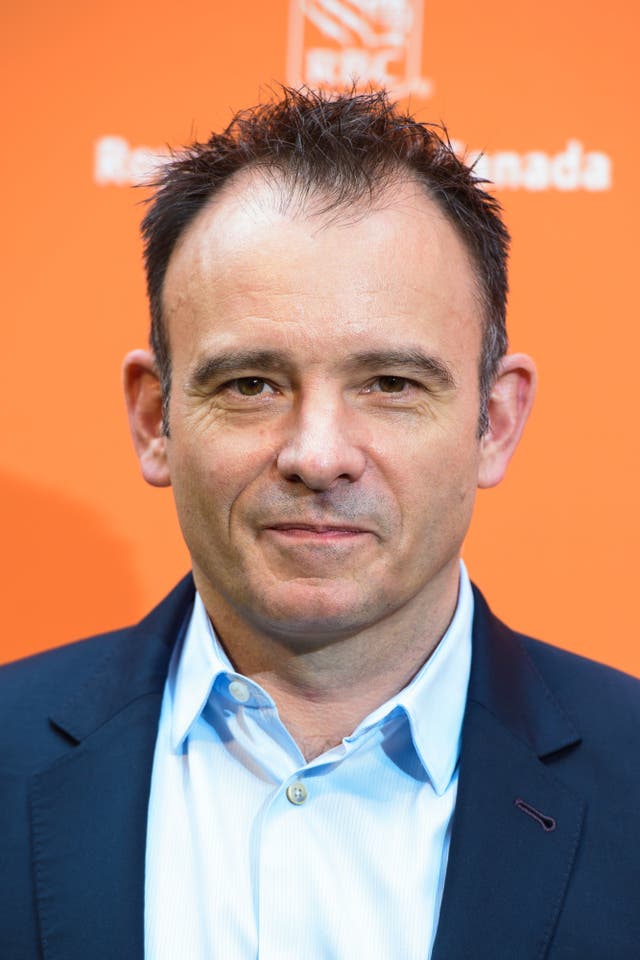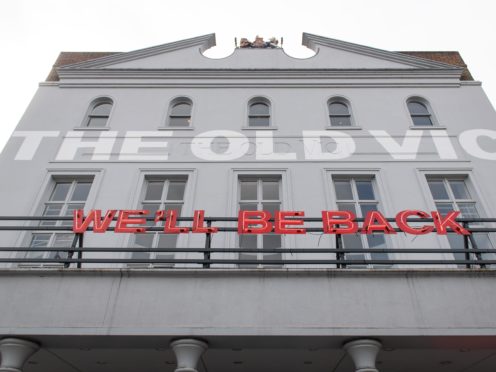The Old Vic theatre has announced its Back Together season, a combination of streamed and live shows as it prepares to reopen its doors.
After Boris Johnson confirmed theatres could reopen from May 17, the historic London venue said it would be returning this summer.
The Old Vic, which has been dark since March last year, will reopen with a hybrid digital and live programme, before going fully live from the autumn.

During the pandemic it staged plays as part of its In Camera series, with the actors performing live for the audience viewing at home.
The summer programme includes 2017 monologue series Queers, curated by actor Mark Gatiss and set to be re-released on iPlayer with new elements on The Old Vic’s YouTube page.
To mark Refugee Week in June, The Old Vic will present HOME?, monologues curated by actress Noma Dumezweni.
Jeremy Herrin will direct Harold Pinter’s The Dumb Waiter in front of a live audience in July as part of the In Camera series. It will star Daniel Mays and David Thewlis.
The live events taking place from autumn include the world premiere of American playwright Bess Wohl’s Camp Siegfried and a production of A Number, directed by Caryl Churchill and starring Paapa Essiedu and Lennie James.

A Christmas Carol, written by Jack Thorne and directed by The Old Vic artistic director Matthew Warchus, will also return for live audiences from November.
And from April next year there will be a production of Stephen Sondheim’s musical Into The Woods, co-directed by Terry Gilliam and Leah Hausman.
Warchus said: “There were times during the last year when the neon sign on the front of our building, declaring ‘We’ll Be Back’, seemed less confidently assertive and more poignantly hopeful… even over-optimistic.
“But through astonishing efforts and support from friends old and new, we’ve made it to reopening. We don’t take that for granted. We feel incredibly fortunate to be back. Very grateful to all those who made it happen. And very excited to be Back Together.”
The Old Vic, which is a registered charity, does not receive a regular public subsidy.
It received a £3 million grant, the highest on offer, from the Government’s Culture Recovery Fund.
